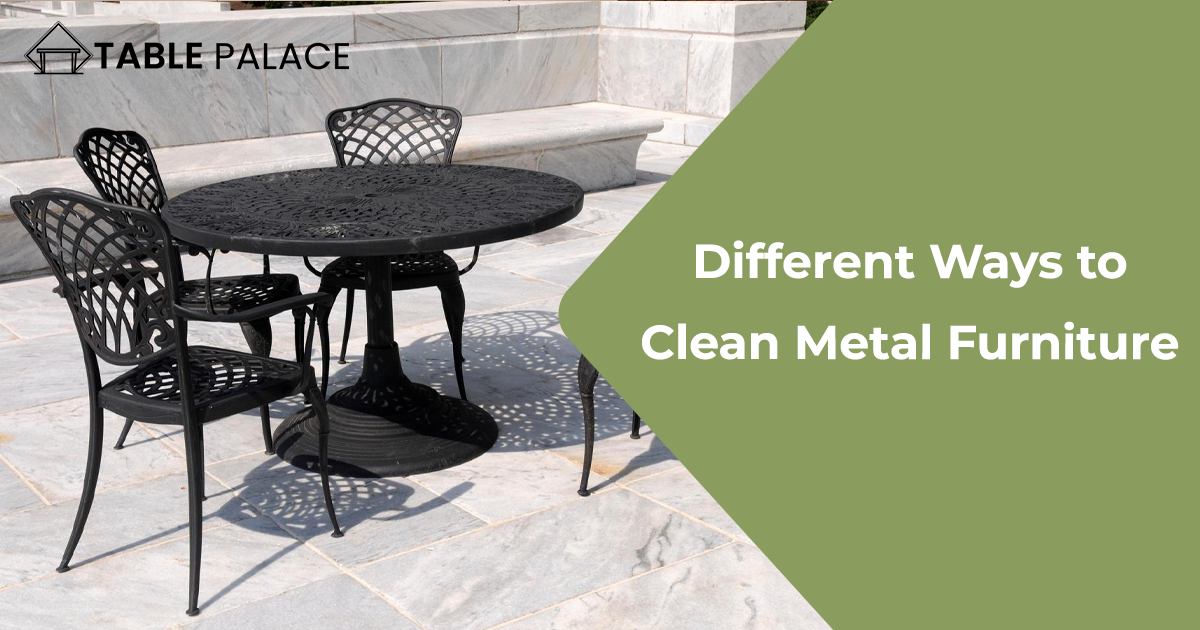There’s a wide variety of furniture out there, each with its unique style and build. When choosing furniture for your home, the material it’s made of is crucial – it determines how long it lasts and how easy it is to maintain. Metal furniture, like steel, is straightforward to clean and keep in good shape. If you have metal furniture and want to know how to prevent stains or rust and make it last, this guide is for you. Although aluminum is more likely to show wear and tear than iron, even iron furniture can rust.
Things like grease, grime, dust, and, especially for outdoor metal furniture, animal droppings, can quickly make your furniture look less appealing. That’s why we have put together this guide to help you understand the best ways to clean metal furniture without driving yourself crazy. Keep reading to find out how to keep your metal furniture looking great.
Method #1: Remove dust using soapy water
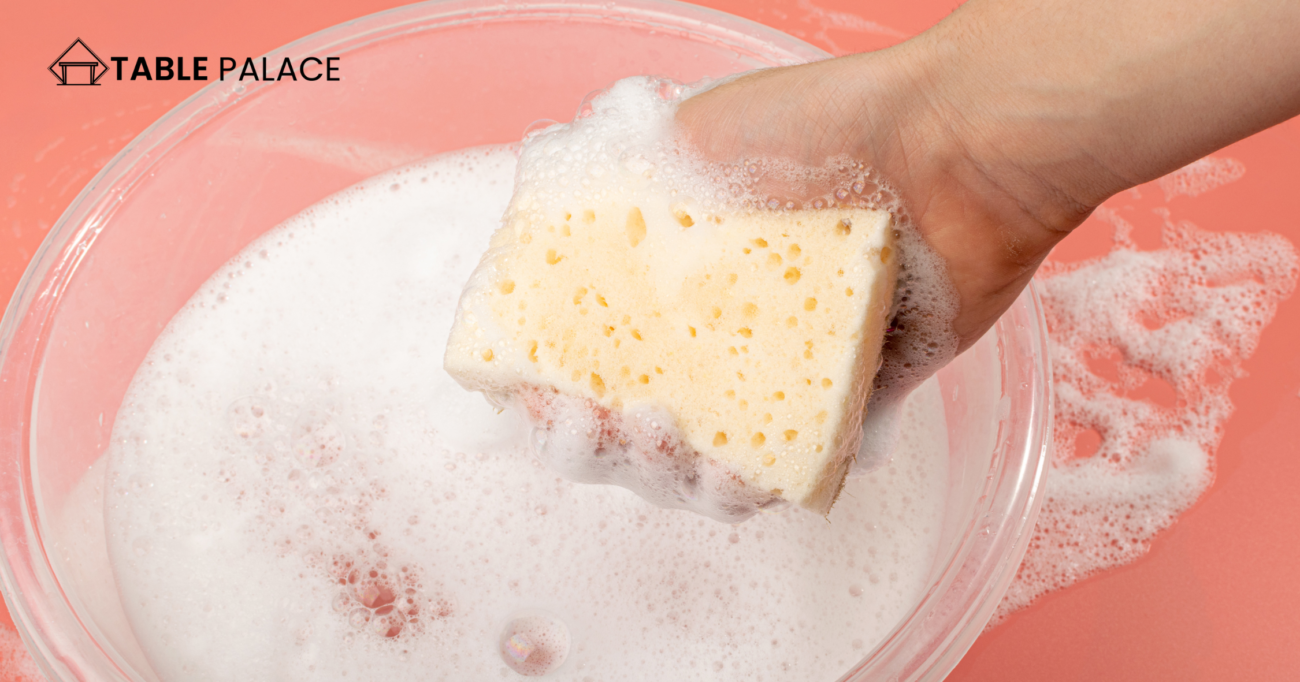
Important Note: This method is not suitable for rusty metal furniture; it should only be applied to pieces with dust or grease stains. Restore the appearance of your metal furniture with this straightforward technique – sponge or scrub with a soft brush soaked in warm, soapy water.
Avoid the use of abrasive soaps and cleaners, as they can strip away the protective surface. Additionally, do not allow water to linger on the metal parts after washing, as this may increase the risk of corrosion.
Several powder cleansers are available for cleaning metal furniture, with most proving effective in restoring its shine. Gently scrub the furniture using a sponge and a mixture of cleaning powder or liquid detergent added to a bucket of warm water. For stubborn stains or grease, use a scrubbing brush with care. After cleaning, rinse the furniture with clean water and promptly dry it with a towel.
Method #2: Clean with salt, lemon, or potato
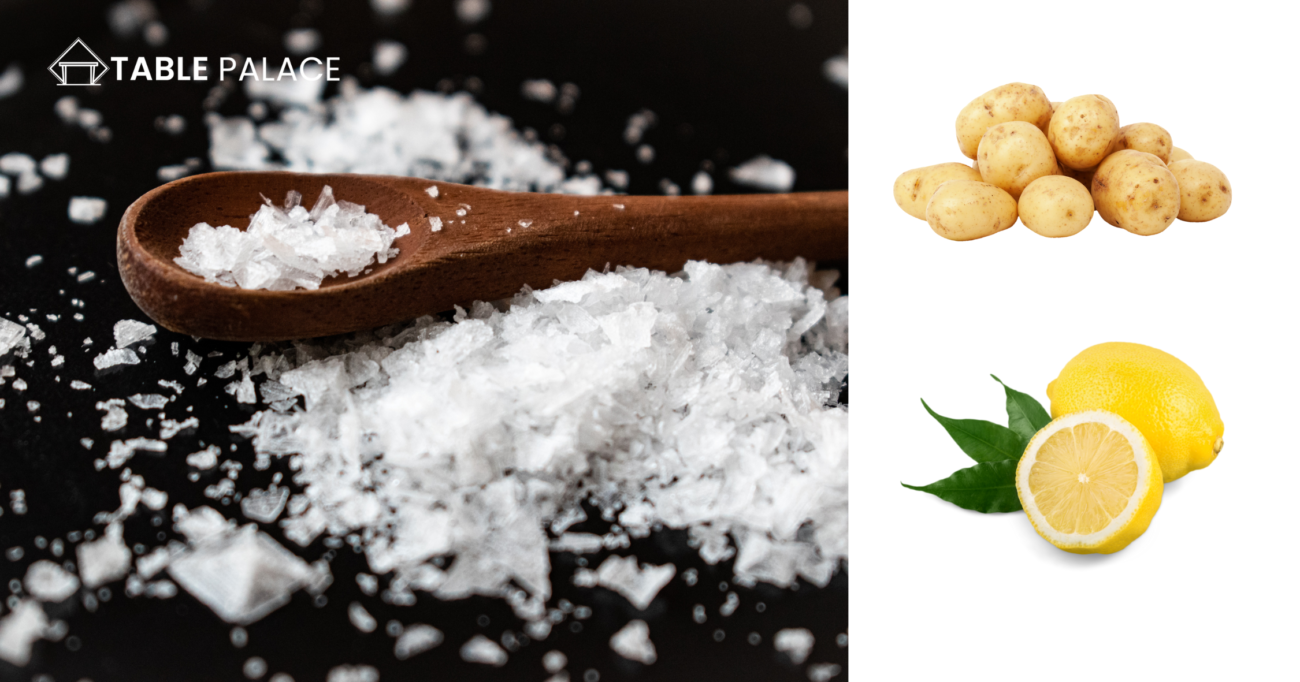
When exposed to water and air, almost all metals undergo deterioration and develop rust over time. However, the rate and extent of rusting can vary among different metals. Even if you’re vigilant about keeping water and liquids away from your metal furniture, certain times of the year, especially in humid conditions, may pose challenges. Therefore, incorporating anti-rust measures into your metal furniture cleaning routine becomes essential.
Now, you might be wondering how to implement these measures. Rust removal can be achieved using lemon juice, salt, or a potato. The first method involves creating a mixture of salt and lemon juice to treat visible rust. Allow the mixture to sit for no more than 20 minutes, then gently scrub it with a brush. Rinse it off and pat it dry.
The second option is to cut a potato in half, sprinkle salt on one side, and use the other side to brush off stubborn rust from your furniture. Finally, wipe away any dust and grime with a clean cloth.
Method #3: Make a baking soda paste
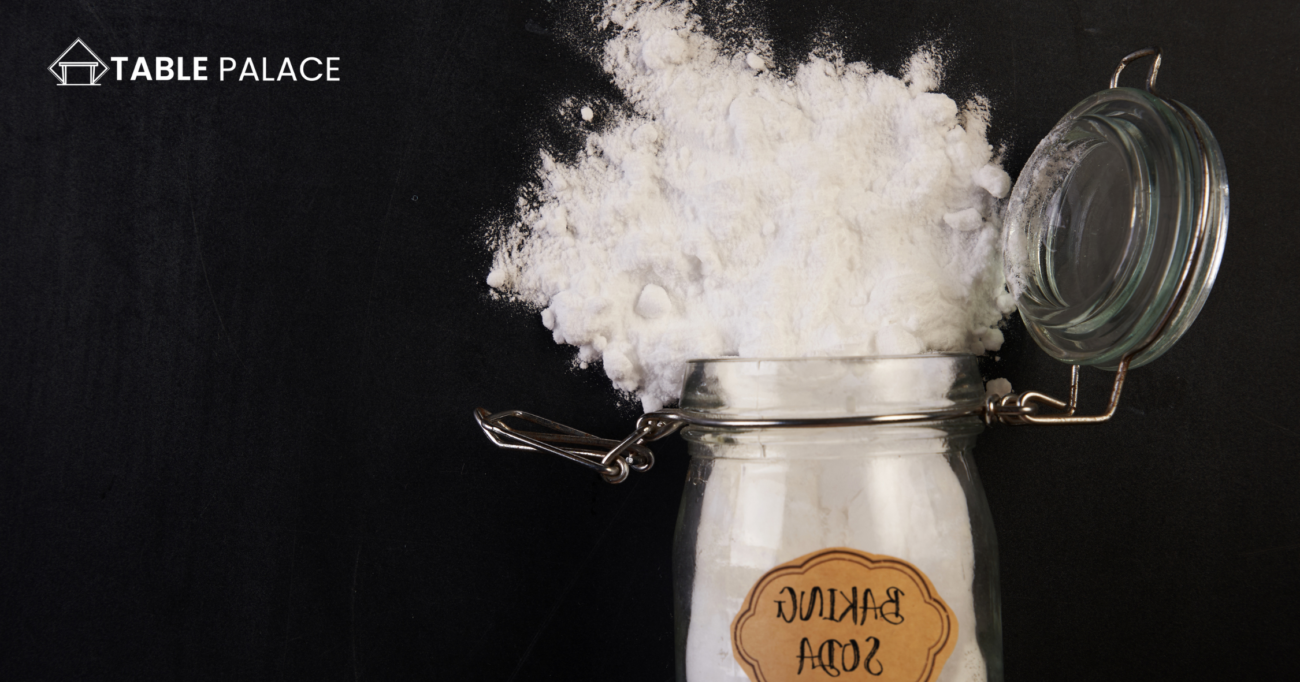
Please be aware that baking soda is effective primarily on light rust. For metal furniture extensively rusted, consider applying the earlier method.
Baking soda, renowned for its stain-removing, particle-dislodging, and odor-absorbing properties, serves as a valuable natural cleaning agent. Some appreciate its abrasive qualities, asserting that, when mixed with water, it creates a potent alkaline solution capable of eliminating rust.
To revitalize somewhat rusted furniture, use a mixture of baking soda and water. Simply blend a generous amount of baking soda with a small quantity of water to form a thick paste. Apply the paste to the rusted area, allowing it to sit for one to two hours or until it thickens enough to prevent dripping. Following the application, scrub the rusted spot with an old toothbrush until the furniture is completely free of dirt and grime. Conclude the process by giving your metal furniture a thorough rinse and drying it with a towel.
Method #4: Utilize glass cleaner to remove fingerprints
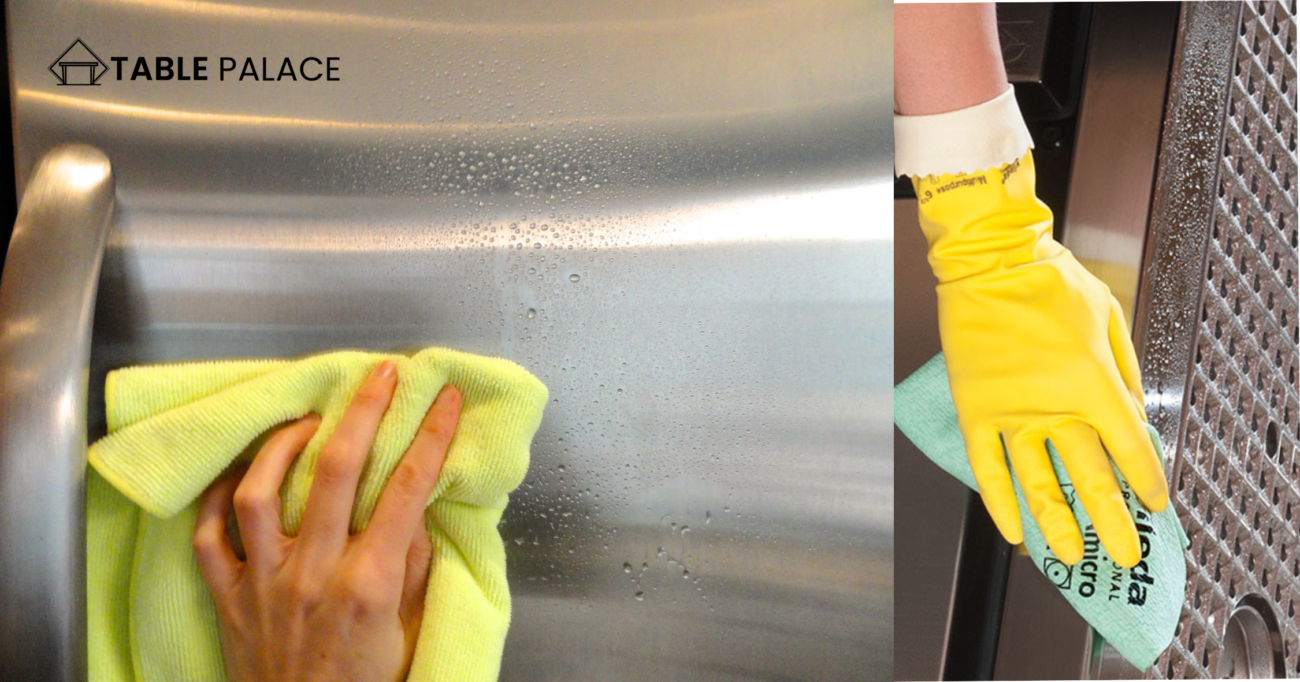
Several methods exist for maintaining the dazzling finish of your stainless steel furniture. Stainless steel home appliances and furniture exude timeless sophistication with their understated elegance. However, they are equally vulnerable to fingerprints because the imprints may be easily seen. Glass cleaners not only work well for glass surfaces, but they can also successfully remove fingerprints off stainless steel furniture.
Using a glass cleaner to get rid of fingerprints on stainless steel furniture is recommended by applying the cleaner several times to a lint-free cloth and then wiping the furniture down in a circular pattern. Avoid putting glass cleaners directly on your stainless steel furnishings at all costs, as this may leave permanent marks. Finally, after cleaning, rinse the furniture and dry it with a towel.
Method #5: Use oxalic acid
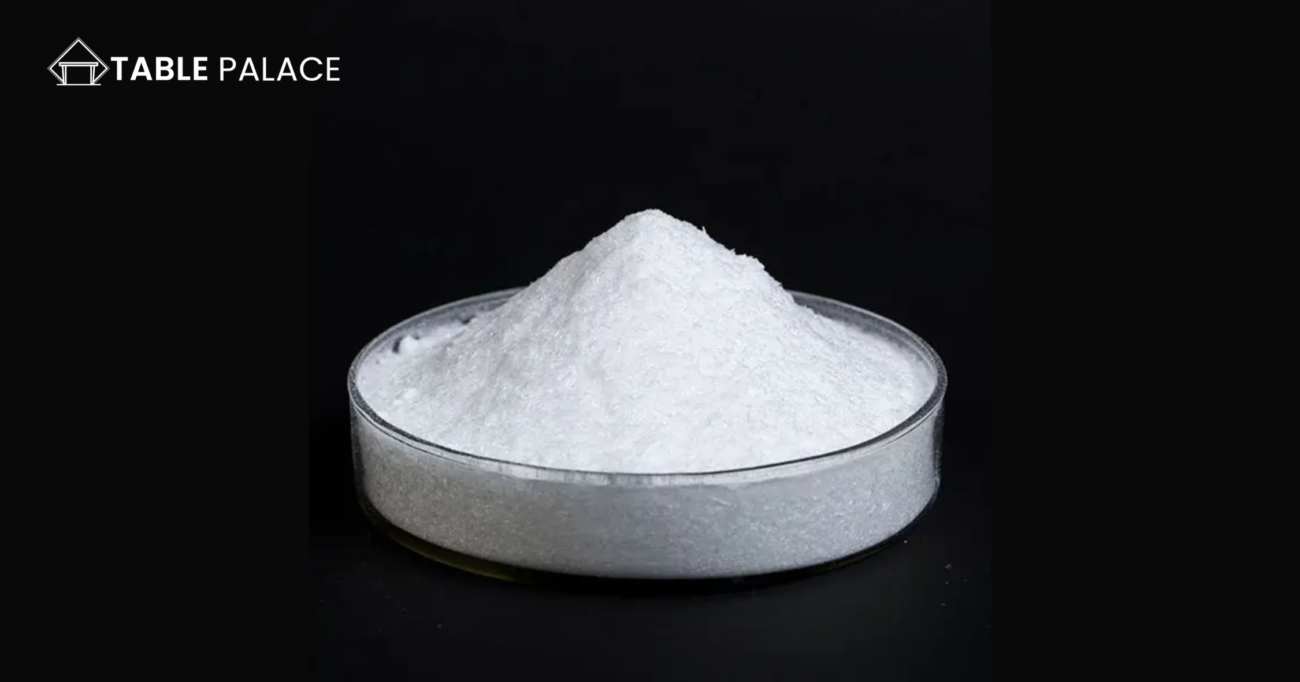
Oxalic acid is highly effective in eliminating tough rust stains, surpassing the efficacy of white vinegar in rust removal.
For the efficient removal of even the most stubborn rust, oxalic acid can be employed in a straightforward four-step process. Begin with necessary precautions, such as covering exposed skin and avoiding contact with eyes, hands, and nose. Following this, wash the rusted area with liquid soap and ensure it is thoroughly dried for the subsequent steps. The next phase involves creating an oxalic acid solution by combining five teaspoons of oxalic powder with a cup of water. Apply this mixture, clean with steel wool, then rinse with water and dry using a towel. It’s that simple!
Method #6: Clean using milk and baby powder
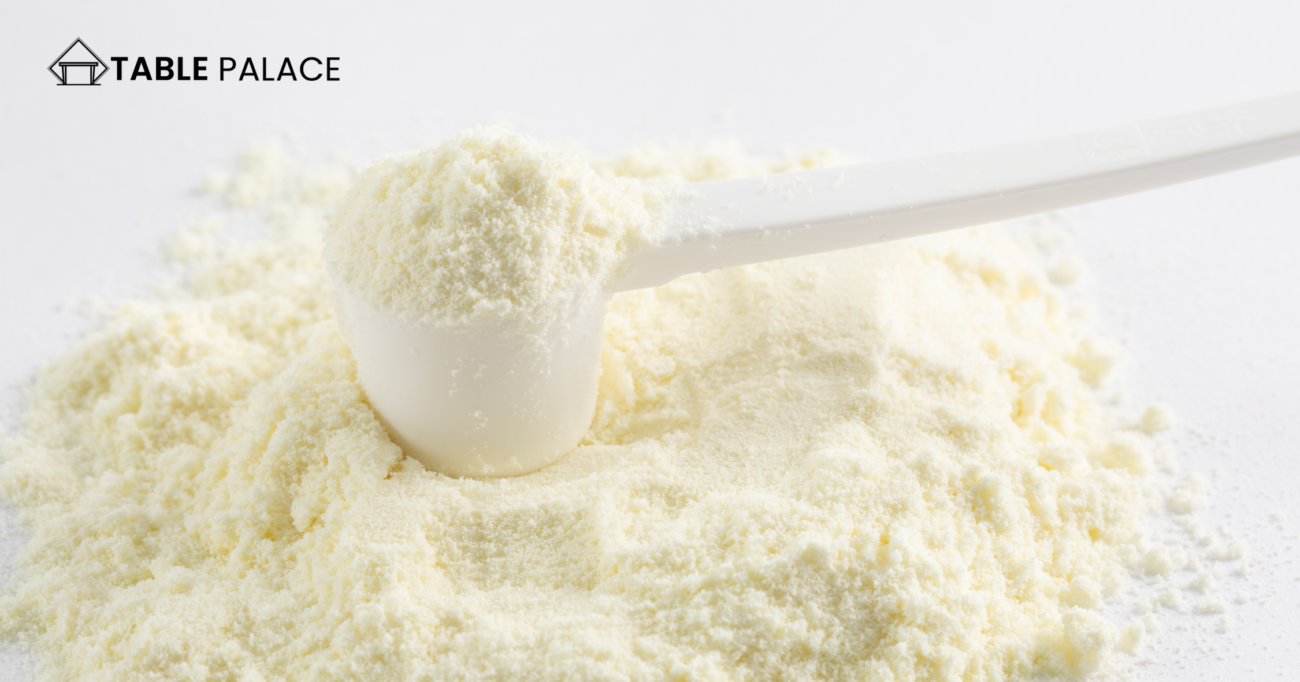
Important: Use this method exclusively for cleaning galvanized metal furniture.
If you happen to own metal furniture crafted from galvanized steel, here’s the correct way to keep it clean. The zinc oxide coating on galvanized steel can degrade due to alkaline buildup. As alkaline substances are attracted to galvanized metals, they accumulate, gradually wearing away the protective coating. This leaves your furniture looking dull and hazy, making it susceptible to further deterioration.
To prevent this issue, it’s recommended to promptly clean your furniture with a mixture of milk and baby powder. Start by rinsing your furniture with clean water to eliminate any dirt or dust. Then, follow the washing steps using warm water and soap. Apply the baby powder and milk combination to your furniture using a soft bristle brush. Create an effective cleaning solution by mixing 33% baby powder with 67% milk. Lastly, spray your furniture with a hose and dry it with a towel.
Method #7: Clean with an acidic solution
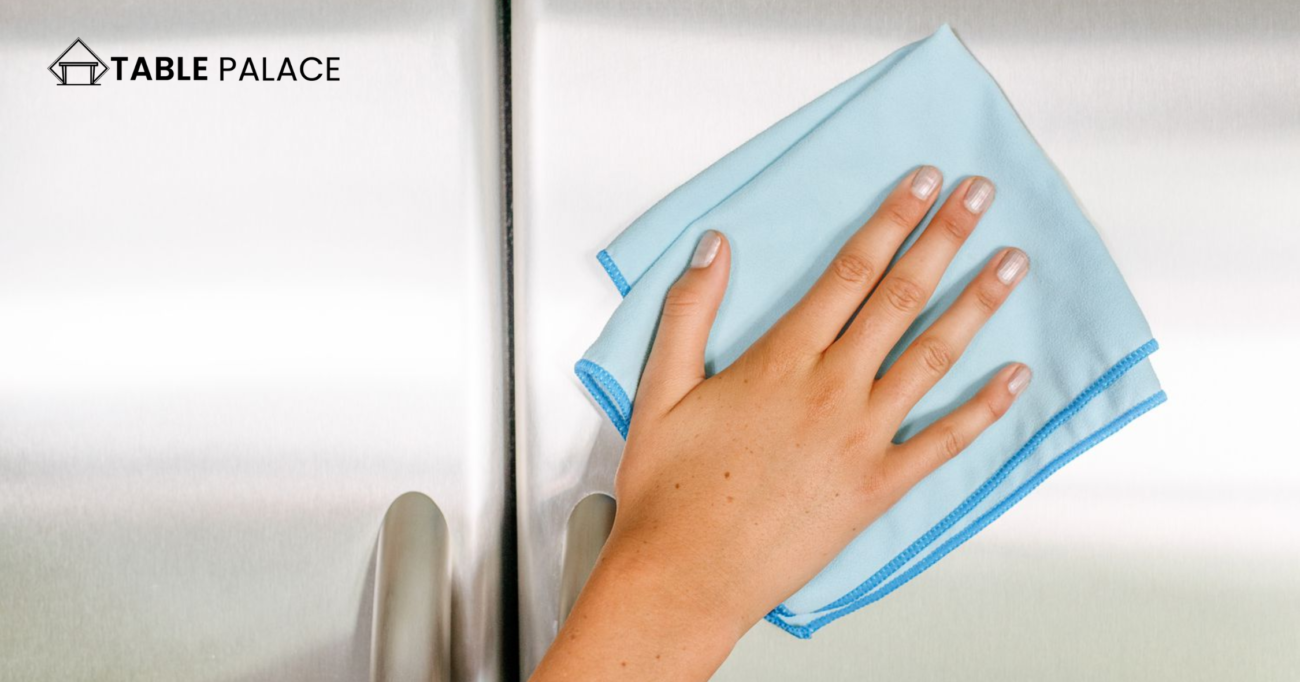
Important: Apply this method exclusively to aluminum furniture.
Aluminum is prone to dings, scratches, and other imperfections that can give it a dirty appearance. Stains on the metal surface are relatively easier to address compared to those deeply embedded within pits and scratches.
Begin by swiftly cleaning your furniture before tackling the task of removing marks, which is crucial to prevent further deterioration post-cleaning. It is highly recommended to use an acidic solution such as vinegar or lemon juice for this purpose. Simply add a few teaspoons of distilled white vinegar or lemon juice to a bucket of hot water. Subsequently, use a microfiber towel soaked in the warm solution to wipe down your furniture.
Always have a cleaning brush on hand to address any stains concealed by scratches or other imperfections. Following this, thoroughly dry the furniture and address dents by coating and sanding them. When preparing the vinegar solution, use one tablespoon of acid for every 1.06 liquid quarts of water.
Method #8: Apply a vinegar-water spray
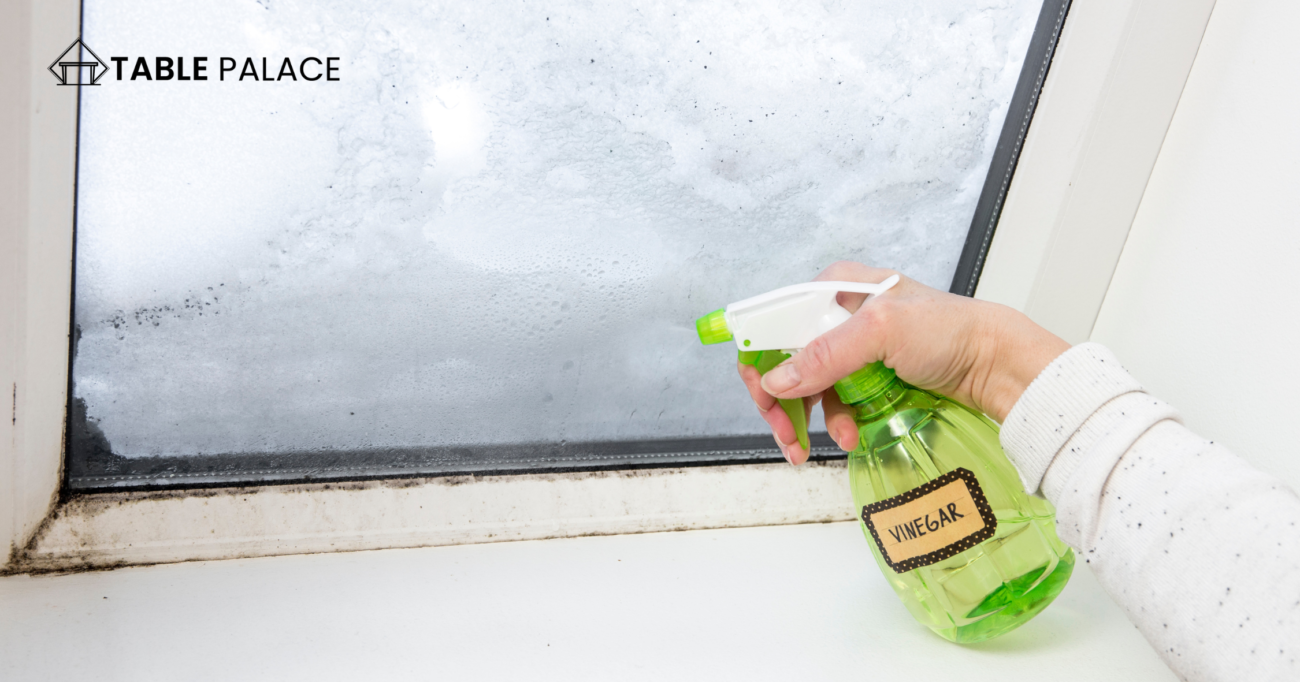
Important: Apply this method exclusively to wrought iron furniture.
Wrought iron furniture tends to attract dust due to its intricate textures. The refined textures create spaces where dust and debris can accumulate, making cleaning a bit more challenging. It’s recommended to clean wrought iron furniture two or three times a year, bring it indoors during the winter, and apply automotive spray wax once or twice annually.
Before you commence the cleaning process for wrought iron furniture, it’s advisable to vacuum or blow out any accumulated dust. Subsequently, spray the wrought iron with a solution containing equal parts vinegar and water, wipe away the liquid and any dirt with a microfiber towel, and then dry it thoroughly with a soft cloth.

